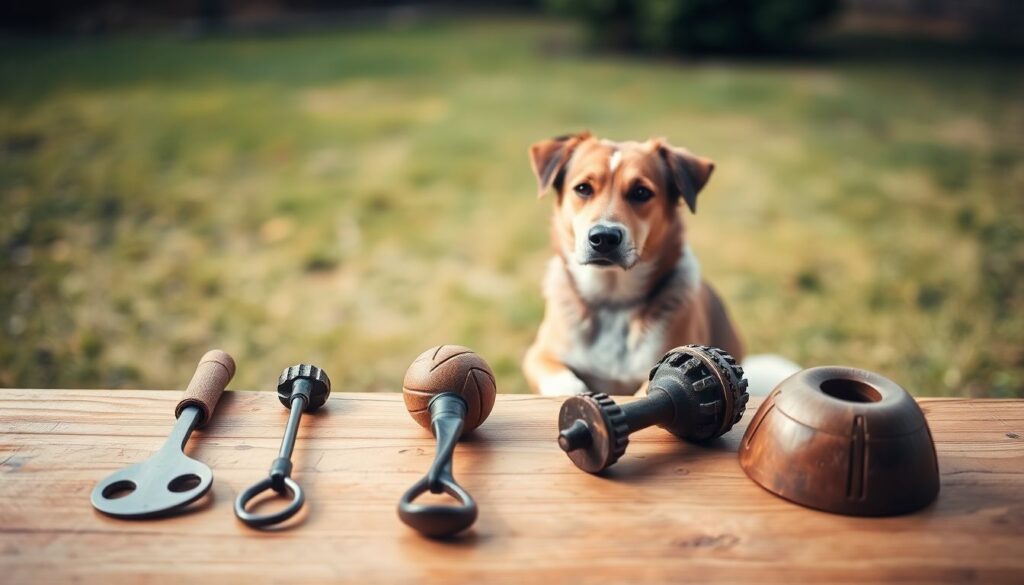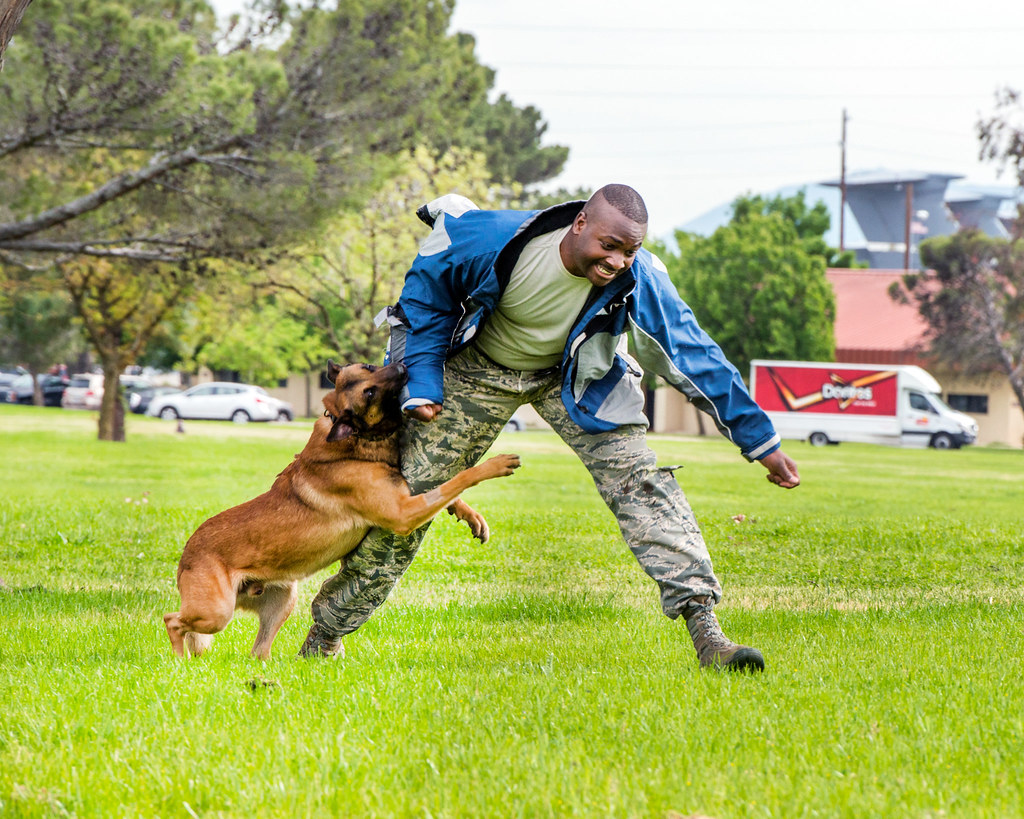5 Dog Training Tools That Make Teaching Commands a Breeze
Dog training can often feel overwhelming. The challenge of finding enough time, maintaining consistency, and managing frustration can become a roadblock for many pet owners. However, the right tools can simplify the process and enhance the learning experience for dogs and their handlers.
The Challenges of Dog Training: Time, Consistency, and Frustration
Teaching your dog commands requires effort. Many people struggle with regular training sessions. This inconsistency can lead to confusion for the dog. Frustration creeps in when progress stalls.
Why the Right Tools Are Essential for Success
Dog training tools help streamline the learning process. They provide structure, improve communication, and motivate your furry friend. With the right equipment, training becomes more engaging and effective.
Setting the Stage for a Positive Training Experience
A positive mindset plays a vital role. When both you and your dog enjoy the process, learning becomes natural. Here’s a look at five essential training tools that can help make teaching commands a breeze.
Clicker Training: The Power of Positive Reinforcement
How Clicker Training Works: Association and Reward
Clicker training is all about positive reinforcement. The clicker is a small device that makes a distinct sound. When your dog performs the desired action, you click and then reward them. This builds a strong association between the click sound and receiving a treat.
Choosing the Right Clicker and Implementing a Clicker Training Plan
Select a clicker that’s easy to handle and produces a clear sound. Begin with simple commands like “sit” or “stay.” Click immediately when your dog performs the action, then reward them. Consistency is key for successful training.
Real-world Example of Clicker Training Success
Take the case of Max, a spirited Labrador. His owner used a clicker to teach him to sit. Each time Max sat on command, his owner clicked and gave him a treat. Within just a week, Max easily responded to the command!

High-Value Treats: Motivation and Reward
Identifying Your Dog’s Favorite Treats
Not all treats are equally motivating. Observe your dog to discover their favorites. Options like jerky or cheese often do the trick.
Treat Size and Timing: Optimizing Rewards for Maximum Effectiveness
Keep treats small to prevent overfeeding. Timing is crucial; give the treat right after the command to reinforce behavior.
Statistics on Treat-Based Training Effectiveness
According to a study by the Association of Professional Dog Trainers, reward-based training methods are 85% effective in teaching new commands compared to older methods.
Treat Pouch: Convenience and Efficiency in Training
Hands-free Training: The Benefits of a Treat Pouch
A treat pouch makes training sessions smoother. It keeps treats within reach, allowing for hands-free training. This promotes easier engagement between you and your dog.
Choosing the Right Treat Pouch: Materials and Features
Look for a pouch that’s durable and easy to clean. Consider features like adjustable straps or pockets for added convenience.
Example of a Trainer Using a Treat Pouch Effectively
During a group class, a trainer used a treat pouch to reward dogs on the spot. With treats readily available, dogs quickly associated good behavior with positive reinforcement.
Long Training Leads: Freedom and Control
Using a Long Line for Distance Training
Long training leads provide freedom while maintaining control. They allow dogs to explore their surroundings while you reinforce commands from a distance.
Avoiding Common Mistakes with Long Leads
Do not use long lines in crowded places. Always supervise your dog to prevent tangles or accidents.
How a Long Training Lead Can Benefit Dogs in Different Environments
In parks, long leads let dogs roam while you maintain control. They’re also useful for training recall commands in open spaces, reinforcing positive behavior.
Puzzle Toys: Mental Stimulation and Engagement
Using Puzzle Toys to Reduce Boredom and Anxiety
Puzzle toys can keep your dog mentally stimulated. They encourage problem-solving and focus, reducing anxiety and boredom.
Puzzle Toys as Training Tools: Building Problem-Solving Skills
Incorporating puzzle toys during training can enhance cognitive skills. Dogs learn to think critically while receiving rewards for solving tasks.
Types of Puzzle Toys for Dogs and Their Effectiveness
- Treat-Dispensing Toys: These release treats as dogs play.
- Interactive Toys: Require dogs to manipulate different components.
- Maze Toys: Encourage exploration and patience.
Each type offers unique benefits that engage dogs actively during playtime.
Conclusion
Key Takeaways: Recap of the 5 Training Tools and Their Benefits
- Clicker Training: Builds a strong connection between behavior and reward.
- High-Value Treats: Increases motivation and aids in command retention.
- Treat Pouch: Promotes efficiency in a hands-free manner.
- Long Training Leads: Balances freedom with control for effective training.
- Puzzle Toys: Stimulates mental engagement and reduces boredom.
The Importance of Consistency and Patience in Dog Training
Remain patient and consistent while training your dog. Building a strong bond takes time but yields incredible results.
Resources for Further Learning and Support
With these tools and approaches, teaching your dog new commands becomes a rewarding experience for both you and your furry friend. Start training today!





4 Responses
I think, that you are mistaken. I suggest it to discuss. Write to me in PM, we will talk.
Instead of criticising write the variants is better.
К сожалению, ничем не могу помочь. Я думаю, Вы найдёте верное решение. Не отчаивайтесь.
I can not participate now in discussion – it is very occupied. But I will return – I will necessarily write that I think.